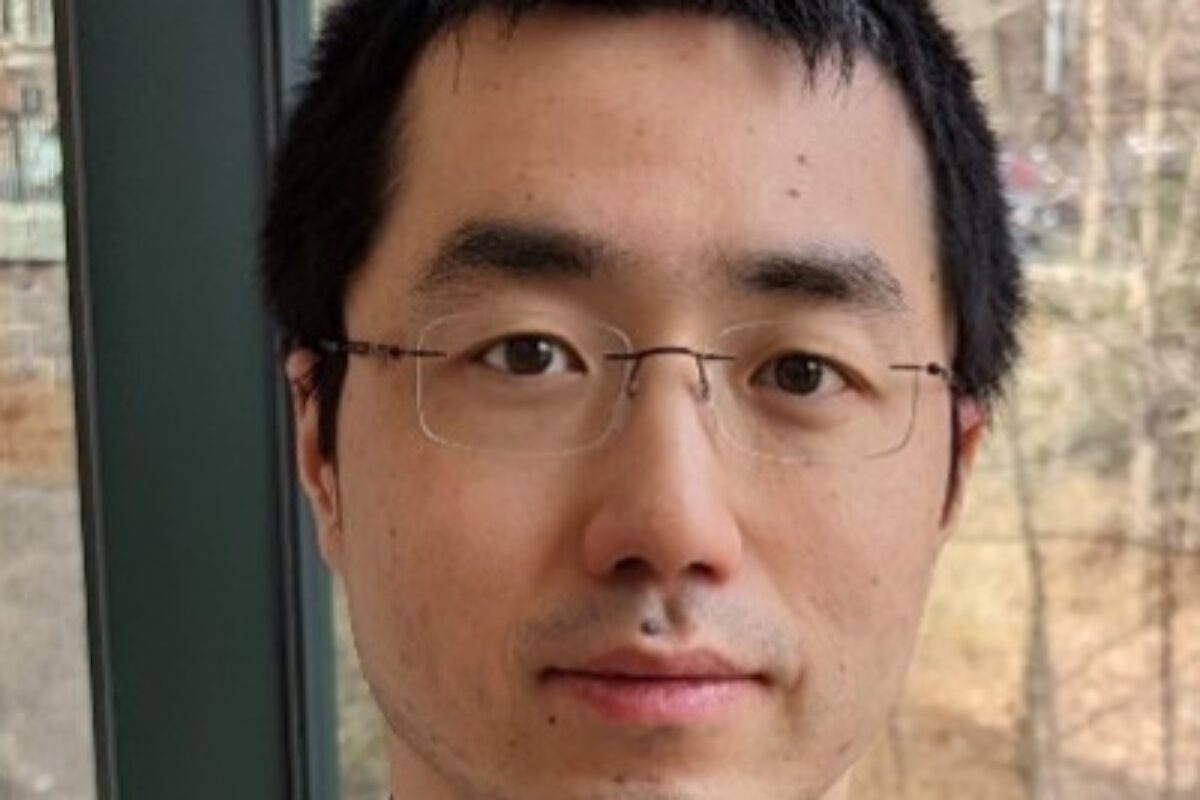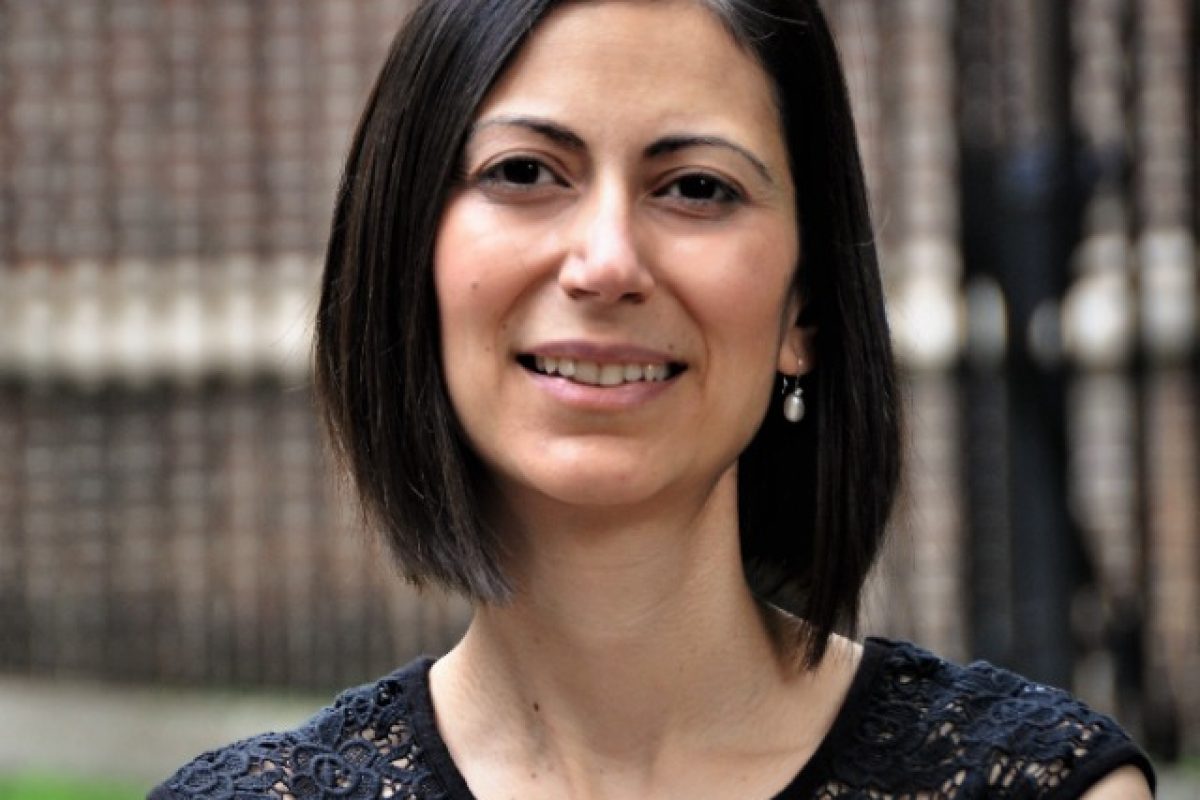1. Label-free blood screening instruments (Masters work). Whole blood analysis is a critical and familiar part of clinical workflows. Widely used clinical blood cytometers are generally expensive and bulky, require proprietary reagents, and provide limited quantitative information on cell morphology. When these automated cytometers do find abnormalities, manual examination of a stained blood smear using light microscopy is required for further diagnosis. This process is costly, slow, and not quantitative. In my early graduate career, working Prof. Gabriel Popescu, I set out to address these issues by utilizing Quantitative Phase Imaging (QPI). In QPI the phase shift (optical delay) of light passing through a sample is measured with sub-nanometer accuracy using interferometry providing high resolution topographic and tomographic data (Mir et al, Prog. Optics, 2012). I started by building a new QPI instrument utilizing commercial CD-ROM technology (Mir et al., Opt. Express., 2009) with the goal of developing a low-cost platform for an automated point-of-care blood screening tool. A comparison of results on patient samples with those from a clinical cytometer shows excellent agreement (Mir et al., J. Biomed. Opt., 2010 & Biomed. Opt. Exp., 2011) for clinical parameters on red blood cells. Additionally, my approach provides quantitative single cell morphological data, uses 2 orders of magnitude lower input sample, requires no reagents other than whole blood, and significantly lowers instrument cost. Collectively, these studies established that QPI based technologies are more sensitive than currently used clinical whole blood analyzers for common parameters used to characterize erythrocytes and also provide additional information that could lead to earlier diagnosis of certain diseases.
a) M. Mir, B. Bhaduri, R. Wang, R. Zhu, G. Popescu, Chapter 3 – Quantitative Phase Imaging, Progress in Optics, Ed: W. Emil, Elsevier, Volume 57, pp. 133-217 (2012)
b) M. Mir, Z. Wang, K. Tangella and G. Popescu, Diffraction Phase Cytometry: Blood on a CD-ROM, Optics Express, 17 (4), 2579-2585 (2009)
c) M. Mir, H. Ding, Z. Wang, J. Reedy, K. Tangella and G. Popescu, Blood Screening using Diffraction Phase Cytometry, Journal of Biomedical Optics, 15 (2), 027016 (2010)
d) M. Mir, K. Tangella and G. Popescu, Blood Testing at the Single Cell Level using Quantitative Phase and Amplitude Microscopy, Biomedical Optics Express, 2 (12), 3259-3266. (2011)
2. Non-perturbative, quantitative, and label-free live imaging spanning broad spatio-temporal scales (PhD work). A major challenge in the live imaging of cells and tissues is the need to non-destructively capture data at a broad range of temporal and spatial scales. High temporal and spatial resolution data is required to measure dynamics and morphological changes at the sub-cellular level, at sub-micron and millisecond scales, while at the same time placing this data in the context of the population (e.g. whole tissue) at scales of millimeters and days. In Prof. Gabriel Popescu’s lab we developed new quantitative phase imaging (QPI) hardware and analytical tools which provide quantitative information on morphology, mass density, and dynamics while spanning this broad range of spatial-temporal scales. Critically, these new microscopes use low-power white-light illumination and are sensitive to the endogenous optical properties of the sample, circumventing challenges associated with fluorescence microscopy such as photobleaching and phototoxicity (at the expense of molecular specificity). One of our instruments, known as the Spatial Light Interference Microscope (Wang et al, Opt. Express, 2011), for which I developed control hardware and software, has also been successfully commercialized (phioptics.com). I used these new tools to 1) Characterize single cell mass growth in a cell-cycle dependent manner, overturning widely used models of constant exponential growth (Mir et al, PNAS, 2011); 2) Measure the effects of estrogen and estrogen agonists on the growth and dynamics of estrogen sensitive breast cancer cells, showing that estrogen blockers lead to slower growing cells with lower cell masses (Mir et al, PLoS One, 2014); 3) Quantify neuronal network formation in human stem cell derived neurons and showed correlations between single cell mass growth, transport within the forming network, and the emergence of self-organization of the developing network (Mir et al, Sci. Rep., 2014). These studies have had a major impact on the rapid growth of the field of Quantitative Phase Imaging and its adoption by life scientists which is best illustrated by the increasing presence of dedicated QPI instruments in core facilities and laboratories around the world.
a) Z. Wang, L. Millet, M. Mir, H. Ding, S. Unarunotai, J. Rogers, M. Gillette, and G. Popescu, Spatial Light Interference Microscopy, Optics Express, 19 (2), 1016-1026 (2011)
b) M. Mir, Z. Wang, Z. Shen, M. Bednarz, R. Bashir, I. Golding and G. Popescu*, Optical Measurement of Cell Cycle Dependent Growth, Proceedings of the National Academies of Sciences (PNAS), 108 (32), 13124-13129 (2011)
c) M. Mir, A. Bergamaschi, B.S. Katzenellenbogen and G. Popescu, Highly sensitive quantitative imaging for single cancer cell growth kinetics and drug response, PLoS ONE, 9 (2), e89000 (2014)
d) M. Mir, T. Kim, A. Majumder, M. Xiang, R. Wang, S. C. Liu, M. U. Gillette, S. Stice and G. Popescu, Label-Free Characterization of Emerging Human Neuronal Networks” Scientific Reports, 4, 4434 (2014)
3. Computational Imaging (PhD and Postdoc work). Live-cell microscopy involves harsh tradeoffs between spatial resolution, temporal resolution, and sensitivity. In all optical microscopes spatial resolution is limited by the diffraction limit of light. Additionally, in the case of fluorescence microscopy, photo-bleaching and photo-toxicity present significant barriers for high-speed 3D imaging. Over the past two decades the field of compressed sensing has emerged to take advantage of an intrinsic property of natural images known as sparsity. Sparsity can be exploited to reconstruct high resolution images from lower resolution data (time or space) provided this data is acquired in an appropriate manner. Such computational imaging approaches, integrate hardware design and computational algorithms to boost spatial and temporal imaging resolution. During my graduate work, I developed a 3D deconvolution method (with Dr. D. Babacan) that exploits the sparsity of quantitative phase images to provide super-resolution 3D tomograms of living cells in a completely label-free manner (Mir et al., PLoS ONE, 2012). Using this approach I was able to resolve and characterize coiled and helical sub-cellular structures in E. coli which were previously only visible using fluorescence based super-resolution methods. We then further refined this approach by including a near-complete physical model of our optical system in a technique known as White-Light Diffraction Tomography (Kim et al., Nat. Photonics, 2014) which provides quantitative 3D tomograms of live cells with sub-cellular resolution. During my post-doctoral work, I led a project (senior author) to develop a generalizable compressed sensing scheme which provides a 5-10 fold reduction of light exposure and acquisition time in 3D fluorescence microscopy (Woringer et al., Opt. Express 2017). Collectively these works have demonstrated novel computational imaging approaches to improve the temporal and spatial resolution of light-microscopes and decrease photo-bleaching and photo-toxicity in 3D fluorescence imaging.
a) M. Mir, D. Babacan, M. Bednarz, I. Golding and G. Popescu, Three Dimensional Deconvolution Spatial Light Interference Tomography for studying Subcellular Structure in E. coli , PLoS ONE, 7 (6), e38916 (2012)
b) T. Kim, R. Zhou, M. Mir, S. D. Babacan, P. S. Carney, L. L. Goddard, and G. Popescu, White-light diffraction tomography of unlabelled live cells, Nature Photonics, (2014)
c) M. Woringer, X. Darzacq, C. Zimmer, and M. Mir, Faster and less phototoxic 3D fluorescence microscopy using a versatile compressed sensing scheme, Optics Express, 25(12), 13668-13683, (2017)
4. Single molecule tracking and high-resolution 4D imaging in live embryos (Postdoc work). The application of single-molecule tracking to study transcription factor dynamics has shed significant insight on their search and DNA-binding kinetics over the past decade in cell culture models. At the start of my postdoc the technology to perform such measurements in live embryos did not exist. I overcame this problem by building a customized lattice light-sheet microscope to acquire the first data on single-molecule kinetics of proteins within the nuclei of living animal embryos (demonstrated in Mice, C. elegans, and Drosophila, Mir et al., Methods Mol Biol., 2018). In addition to enabling single molecule tracking in embryos, lattice light-sheet microscopy also provides high resolution 4D imaging over large fields-of-views and extended periods of times. These unique imaging capabilities provided opportunities for several collaborative efforts centered on questions of nuclear organization and transcription regulation (these collaborative works are in addition to my primary focus on studying transcription factor binding in Drosophila embryos as described below). Notably, these efforts include 1) Revealing the role of phase separation in the formation of heterochromatin domains in collaboration with Gary Karpen’s group (Strom et al, Nature 2017), 2) Characterizing the role of intrinsically disordered regions in replication initiation factor loading in collaboration with Michael Botchan’s group (Parker et al., eLife 2019), 3) Developing capabilities to label non-repetitive genomic loci with Cas9 in collaboration with Ahmet Yildiz’s group (Qin et al, 2017) and 4) Using single molecule-imaging in C. elegans embryos to study the regulation of RNA polymerase II recruitment to chromatin during X-chromosome dosage compensation in collaboration with Barbara Meyer’s group (in preparation). These collaborative efforts have provided unique biophysical insights on nuclear organization, chromatin biology, and transcription regulation and have helped mature the technologies of single molecule imaging in live embryos and software to analyze large high-dimensional imaging datasets.
a) M. Mir, A. Reimer, M. Stadler, A. Tangara, A. S. Hansen, D. Hockemeyer, M. B. Eisen, H. Garcia, X. Darzacq*, Chapter 32 – Single Molecule Imaging in Live Embryos using Lattice Light-Sheet Microscopy, Methods in Molecular Biology, Nanoscale Imaging: Methods and Protocols, Volume 1814, Ed: Y. L. Lyubchenko, Springer, pp 541-559 (2018)
b) A. R. Strom, A. V. Emelyanov, M. Mir, D. V. Fyodorov, X. Darzacq, and G. Karpen, Phase separation drives heterochromatin domain formation, Nature, doi:10.1038/nature22989 (2017)
c) M. W. Parker, M. Bell, M. Mir, J. A. Kao, X. Darzacq, M. R. Botchan, J. M. Berger, A new class of disordered elements controls DNA replication through initiator self-assembly, eLife 8:e48562, (2019) Download PDF
d) P. Qin, M. Parlak, C. Kuscu, J. Bandaria, M. Mir, K. Szlachta, R. Singh, X. Darzacq, A. Yildiz, and M. Adli, Live cell imaging of low- and non- repetitive chromosome loci using CRISPR-Cas9, Nature Communications, 8, 14725, (2017)
5. High concentration multi-factor hubs accentuate transcription factor binding and gene activation (Postdoc work). During my postdoc I became fascinated with linking transcription regulation at the molecular scale to cell-fate patterning during embryonic development. Central to this question is the biophysical problem of how transcription factors find their specific genomic targets in the crowded nuclear milieu. I utilized single molecule imaging to study the anteroposterior morphogen gradient formed by the transcription factor Bicoid in Drosophila melanogaster embryos. Bicoid has long been a model for classical cooperative binding, in which protein-protein interactions stabilize its interaction with target sites. However, when I analyzed Bicoid dynamics in nuclei along its anterior to posterior gradient, I saw no evidence for the concentration-dependent binding off-rates this model predicts. My data instead revealed that Bicoid binding occurs in high-local concentration hubs, which are dependent on the presence of a maternally deposited pioneer factor, Zelda. These multi-factor hubs increase the frequency of Bicoid binding events and thus result in higher Bicoid time-averaged occupancy without directly stabilizing its interactions with DNA (Mir et al, Genes Dev. 2017). Remarkably, these hubs themselves are highly dynamic, forming and melting on the order of seconds. By combining single-molecule tracking, high-speed 3D imaging, and live-visualization of nascent transcription I showed that Zelda-Bicoid hubs drive enrichment of transcription factors at their target loci through transient but preferential interactions (Mir et al, eLife, 2018) which then result in bursts of transcriptional activity (unpublished). Recently I have shown that hub formation is dependent on interactions between the disordered protein domains of hub components and independent of DNA binding (unpublished). These discoveries have come at a time when there is great interest in the role of disordered proteins in driving nuclear organization, particularly in the context of liquid-liquid phase separation. However, my work illustrates that disordered protein interactions can lead to dynamic compartmentalization distinct from phase separation, emphasizing that we have barely begun to understand the myriad biophysical forces that are at play (Mir et al, Development, 2019; McSwiggen et al., Genes Dev 2019).
a) M. Mir, A. Reimer, J. E. Haines, X.Y. Li, M. Stadler, H. Garcia, M. B. Eisen, X. Darzacq, Dense Bicoid hubs accentuate binding along the morphogen gradient, Genes Dev., 31, 1784-1794 (2017)
b) M. Mir, M. R. Stadler, S.A. Ortiz, X. Darzacq, M. B. Eisen, Dynamic Multifactor hubs transiently interact with sites of active transcription in Drosophila embryos, eLife, 7:e40497, (2018)
c) M. Mir, W. Bickmore, E. E. M. Furlong, G. J. Narlikar, Chromatin topology, condensates, and gene regulation: shifting paradigms or just a phase? Development, 146,dev182766 (2019)
d) D. T. McSwiggen, M. Mir, X. Darzacq, R. Tjian, Evaluating phase separation in live cells: diagnosis, caveats, and functional consequences, Genes Dev, (2019)










